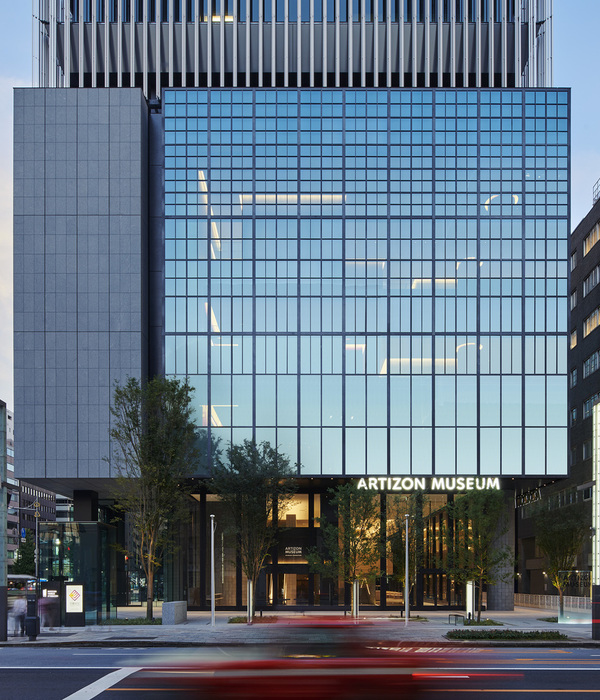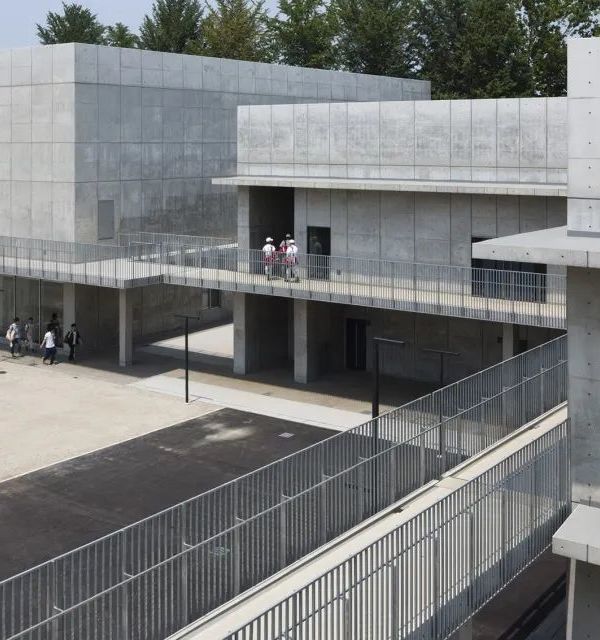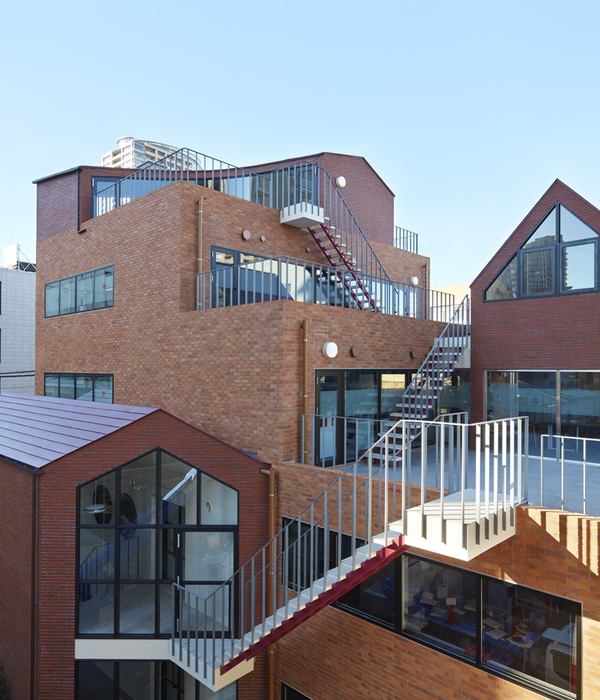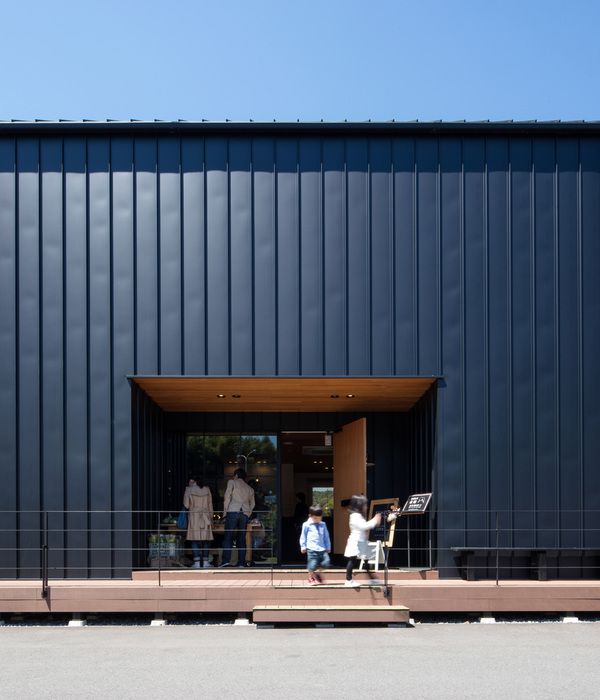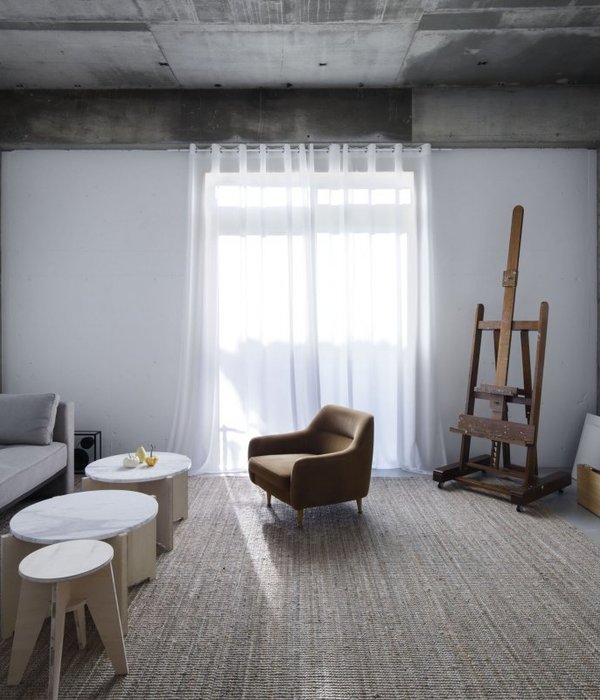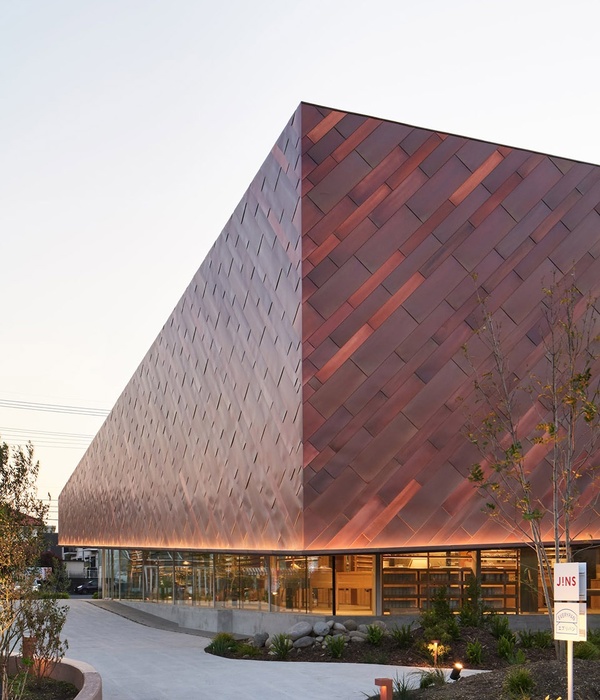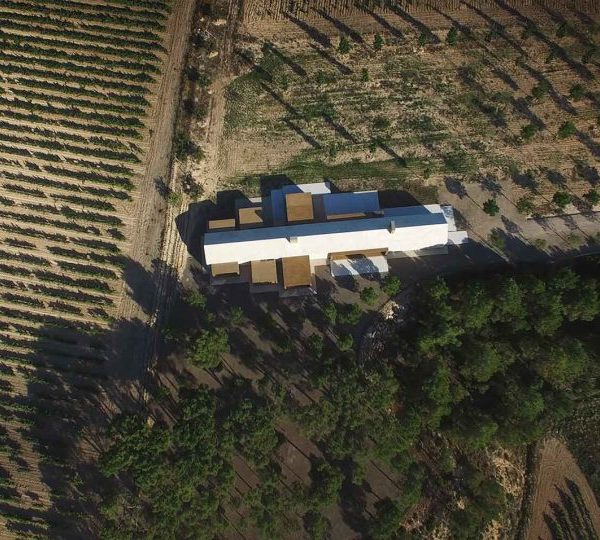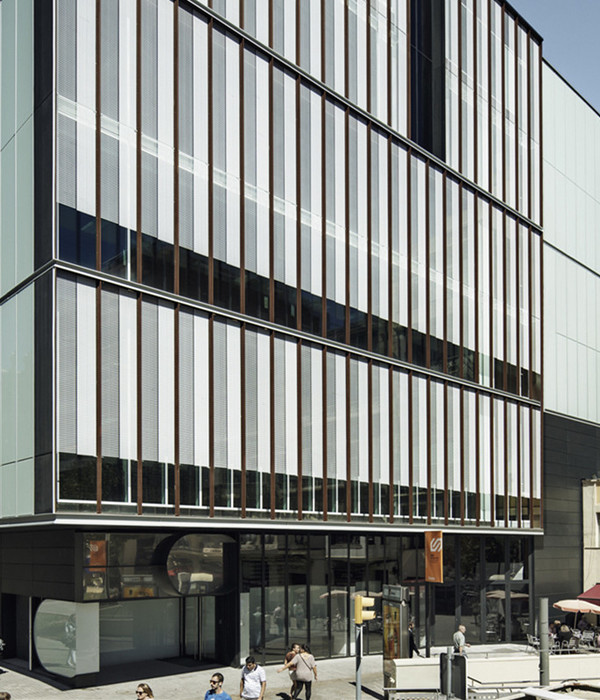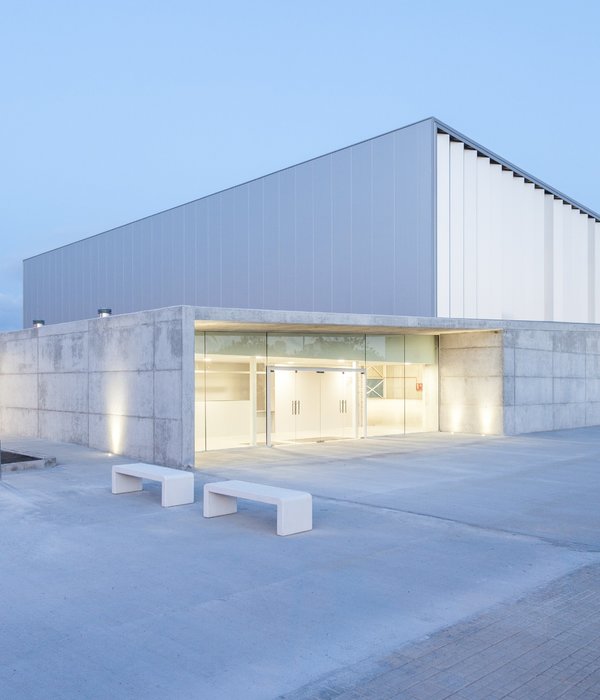Studio RAP的最新项目综合利用了他们定制的 3D 打印技术,用于改造阿姆斯特丹P.C. Hooftstraat大街上的一家精品店的立面。
The latest project from the architectural design firm Studio RAP utilises its own bespoke, custom-built 3D printing technology to transform a boutique facade on Amsterdam’s P.C. Hooftstraat.
▼项目视频,video © Studio RAP
据Studio RAP所说,陶瓷之家将传统与创新完美融合,重塑了对建筑的表达,重新将定制的细节引入建筑领域。Studio RAP在自己的生产基地采用最先进的数字制造工艺,打印每一块定制的 3D 打印陶瓷组件。这无疑是对现代建筑的创举。设计师用一种创新的设计语言丰富了这条著名商业街现有的历史建筑风格。
According to Studio RAP, The Ceramic House reshapes architectural expression by seamlessly blending tradition and innovation, reintroducing bespoke details to the realm of architecture. The studio’s innovative approach to contemporary architectural design uses state-of-the- art digital fabrication processes conceived in its own manufacturing premises to print each bespoke 3D-printed ceramic tile. This enriches the famous shopping street’s existing historic architecture with a new design language.
▼建筑外观,building exterior © Riccardo De Vecchi
设计的灵感来源于服装的针织工艺。最终的设计成果通过算法语言、3D打印陶瓷、手工上釉和令人兴奋的质感实现。
▼灵感来源于服装的针织工艺, inspired by the craft of knitting garments © Studio RAP
The resulting design, achieved through algorithmic design, 3D-printed ceramics, and artisanal glazing, exciting and textural, inspired by the craft of knitting garments.
▼建筑近景, closer view © Riccardo De Vecchi
不断创新的算法设计 Innovating Algorithmic Design
通过实验室数字设计的算法,陶瓷之家在阿姆斯特丹这座历史城市探索一种对装饰质感与釉面陶瓷的设计语言的新诠释。
Using digital design algorithms designed in-house, the Ceramic House explores a reinterpretation of the decorative qualities and design vocabulary of glazed ceramics in the historical city of Amsterdam.
▼釉面陶瓷的设计语言, design vocabulary of glazed ceramics © Riccardo De Vecchi
Studio RAP复制了原先立面的廓形,延续了街面的三段式结构,维持了街道的整体风格。装饰的规模、尺寸、种类、颜色和材质都被精心地同步到周围的建筑中,来实现传统建筑与现代建筑的交融。外墙的设计灵感来自纺织品的复杂层次–优雅的褶皱、交错的纱线和缝合线。当观众从不同的角度欣赏设计时,它的波浪般的特质也随之变化。随着视线的移动,由陶瓷制成的新元素也逐渐展现出来,从而使这家精品店与其历史环境相协调,同时又在周围建筑中脱颖而出。
▼维持传统的三段式立面, continuing the characteristic tripartite structure of the street© Studio RAP
Studio RAP has replicated the silhouette of the original facade, continuing the characteristic tripartite structure of the street and maintaining the overall character of the street. The scale, size, type, and color of the ornaments and materials are all carefully synced with the neighbouring buildings to allow a seamless integration of traditional and contemporary architecture. The design of the façade features intricate layers inspired by textiles—elegant creases, interlooping yarns,and stitch Its organic, wave-like quality changes as viewers approach the design from differentangles. Gradually, as the line of vision moves, new elements within the custom ceramic tiles are unveiled, resulting in a luxury boutique that harmonises with its historical environment while standing out among the surrounding buildings.
▼立面展现波浪般的变化, wave-like quality changes as viewers approach © Riccardo De Vecchi
开拓性的3D打印陶瓷组件 Pioneering 3D-Printed Ceramic Tiles
受Rijks博物馆的启发,荷兰国家博物馆决定庆祝其横跨全球的多种多样的陶瓷收藏。Studio RAP运用其实验室的大型3D打印技术来实现高度差异化和算法设计的细节。这项创新的技术强调了Studio RAP想要突破建筑设计的边界的决心。
Drawing inspiration from the Rijks museum, the national museum of the Netherlands celebrated for its diverse ceramic collection from across the globe, Studio RAP employs their in-house large-scale 3D-printing technology to realize highly differentiated and algorithmically designed details. This innovative approach underscores Studio RAP’s commitment to pushing the boundaries of architectural design.
▼项目视频,video © Studio RAP
近些年来,Studio RAP一直在发展其独特的数字织造技术,包括研发高阶机器人系统。建筑师团队和这些机器人系统紧密合作,精确地完成对陶瓷组件的复杂设计。并以此展示工作室对建筑设计的卓越追求。
Studio RAP has developed a distinctive digital fabrication process over several years, including the creation of advanced robotic systems. The team of architects collaborates seamlessly with these robots to precisely craft intricate ceramic designs, showcasing the studio’s commitment to excellence in architectural design.
▼Studio RAP研发的大型3D打印机器人系统, advanced 3D printing robotic systems © Studio RAP
手工上釉 Artisanal Glazing
在沿街立面,建筑外墙采用了大量 3D 打印的陶瓷组件,每块约 40 x 20 厘米。经Royal Tichelaar手工上釉,釉面为珍珠白色,微微泛黄。这些陶瓷组件的设计在视觉层面上极富表现力,在与地面交接处无缝过渡,营造出一种和谐而细致的美感。
At street level, the facade features large 3D-printed ceramic tiles, approximately 40 x 20 cm each, glazed in pearl white with a subtle touch of yellow by Royal Tichelaar. These tiles are designed to be visually expressive at eye level, seamlessly transitioning to a flush alignment as they meet the ground, creating a harmonious and detailed aesthetic.
▼釉面为珍珠白色,微微泛黄, glazed in pearl white with a subtle touch of yellow © Studio RAP
▼经Royal Tichelaar手工上釉, glazed in pearl white with a subtle touch of yellow by Royal Tichelaar © Studio RAP
在较高的楼层,建筑外墙由3D打印砖块拼接成三种由浅到深的红色色调。砖块沿着墙体原先的交界处排列,然后以抽象的方式沿着墙体逐渐向上爬升。模仿传统红砖的砌筑手法,这些砖块被装入激光切割的不锈钢网格中。
On the higher floors, the building facade showcases 3D-printed bricks glazed in three distinct shades of red.The bricks are composed alongside the original masonry cross bond and have abstract ornamentation that fades as they travel higher. These bricks are put into laser-cut stainless steel cassettes, referring to the original flush.
▼建筑外墙由3D打印砖块拼接成三种由浅到深的红色色调, the building facade showcases 3D-printed bricks glazed in three distinct shades of red © Riccardo De Vecchi
▼激光切割的不锈钢网格, laser-cut stainless steel cassettes © Riccardo De Vecchi
▼结构轴测, structure axonometric © Studio RAP
▼运用算法设计的波纹陶瓷组件, wave-shaped ceramic tiles used algorithmic design © Studio RAP
Project Name: Ceramic House Location: P.C. Hooftstraat, Amsterdam (NL) Client: Warenar Real Estate Architect: Studio RAP Co-Architect: Gietermans & Van Dijk Contractor facade cladding / 3d-ceramic-printing: Studio RAP Firing and glazing: Royal Tichelaar Main contractor: Wessels Zeist (VolkerWessels) Photographer: Studio RAP / Riccardo De Vecchi Film: Oculus Film
{{item.text_origin}}

